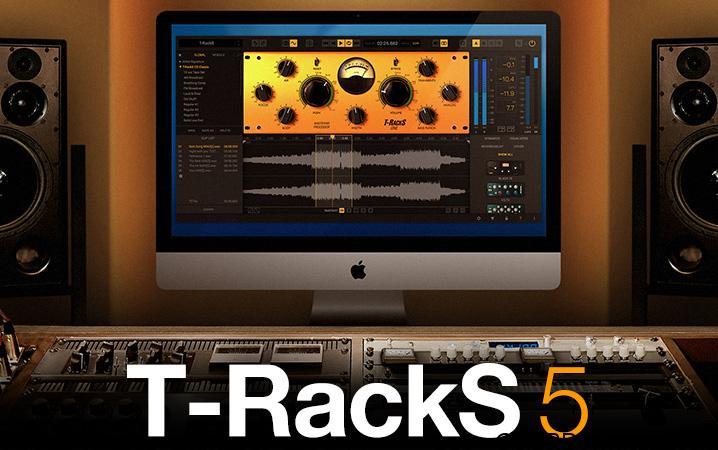


Another similar kind of analyzer is a sonograph/spectrograph. You can analyze a reference song using a spectrum analyzer and EQ your song’s master until it somewhat matches your reference spectrum to get a similar sound. And Loudness Range shows, as an example, how different the loudness of your verse and chorus section is.Ī frequency spectrum displays how loud each frequency is in your audio in real-time. Thus, dynamic Range is useful for measuring how compressed elements such as drums, vocals, etc., are in your song. However, Dynamic Range does so using peak metering (fast), while Loudness Range uses Loudness Unit (slow). Both measure the range between the loudest and the quietest parts of your audio. There are two kinds of ranges : Dynamic Range and Loudness Range. For example, audio with a thin line at the middle of such an analyzer is mono audio, whereas a moving, spaghetti-like visualization signifies stereo. This analysis shows how wide the stereo field of your audio is. So, for example, if you listened to a 60Hz sinewave and an 800Hz at 30dB amplitude, you would perceive the 60Hz sinewave as quieter than the 800Hz. To simplify, our ears do not hear all the frequencies at the same level. LUFS is the same as RMS, except this unit considers human ear perception. However, some plugins let you adjust the time window as well. Generally, this period of time is 300 milliseconds. RMS is the average amplitude level over a certain period of time.

This is important becaus e if your True Peak is higher than 0dB, it could cause clipping on analog amplifiers/players. In contrast, the regular peak meters we see in our DAWs calculate the same thing on a digital system. True Peak is the highest point an audio signal reaches on an analog system. Let us have a look at some of the information provided by such plugins: So, with a metering plugin, we can make sure our masters are compliant with our intended platform’s standard. Streaming platforms use this information to assure consistency of their content. 8 Readings that you may like: What Do A Metering Plugins Do?Ī metering plugin analyzes any audio you feed into it and provides various kinds of information about it.


 0 kommentar(er)
0 kommentar(er)
